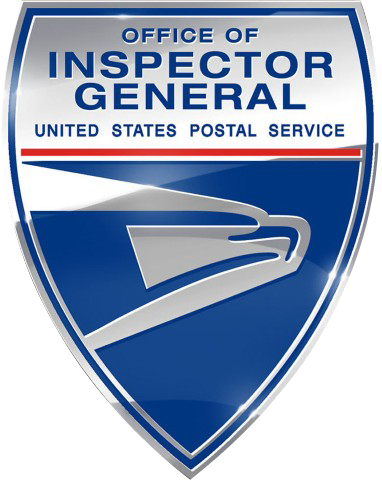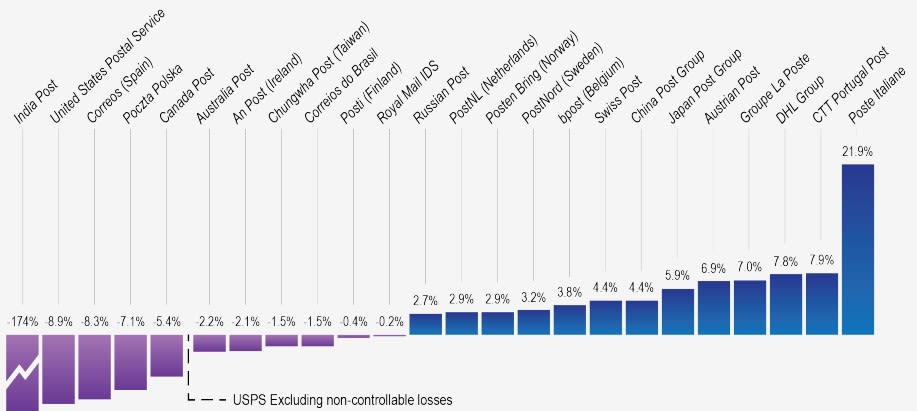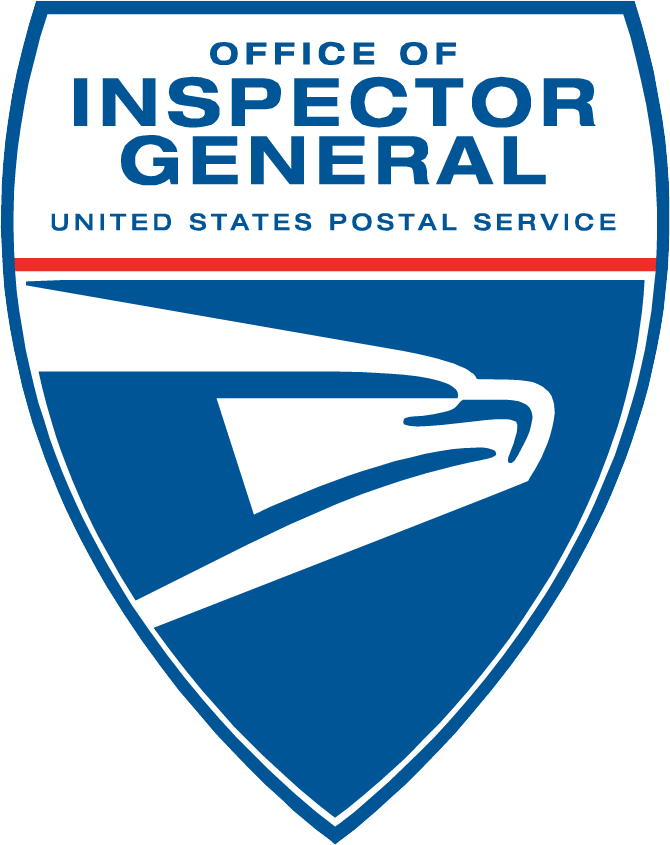The OIG’s Oversight of the U.S. Postal Service’s Delivering for America Plan
Volume 2.0
July 1, 2024 - December 31, 2024
U.S. Postal Service Office of Inspector General
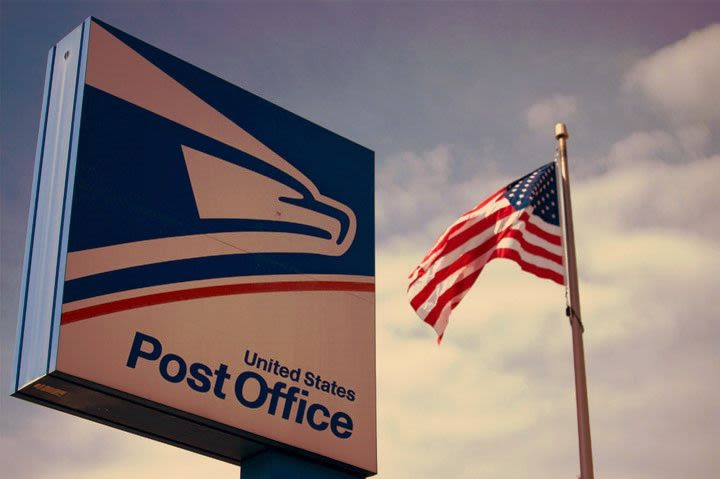
On September 30, 2024, the Postal Service released an update to its Delivering for America (DFA) plan, Fulfilling the Promise.
It re-examines the factors contributing to the initial plan's development and details the evolution of the plan's strategies with a focus on service excellence and financial stability. We assessed the plan's impact on service, financial performance, fleet management, and its labor force and will issue this report every six months to highlight our oversight over the DFA plan.
This six-month update highlights the successes and challenges USPS experienced with optimizing its transportation network.

Key Pillars of the Postal Service's Operations Guiding OIG Oversight

Service
While delivering 95 percent of all mail and shipping products on time continues to be USPS's ultimate goal, in the interim, as it makes operational changes, USPS has reduced its service goals to 90 percent for fiscal year (FY) 2024 and 80 percent for FY 2025.

Financial Impacts
USPS focuses on controllable income (losses) when assessing its financial situation and has not updated when it expects to achieve breakeven financial performance.

Fleet Modernization
USPS plans to acquire more than 100,000 new delivery vehicles by FY 2028 to modernize its aging fleet and reduce maintenance costs.

Labor Management
To stabilize the workforce, USPS converted pre-career employees to career status and offered a voluntary early retirement incentive to select employees.

This Edition's Spotlight: Transportation


The Postal Service has focused significant efforts on reducing costs in its transportation portfolio by the following initiatives:
Freight Auction (FA)
- A method to schedule Highway Contract Routes using the current market price suppliers are willing to accept for transporting mail.
- We found the FA program could have been more effectively planned, standardized, and executed with proper internal controls.
Regional Transfer Hubs (RTH)
- It aims to dispatch full trailers of cross-country destined mail by creating consolidation points.
- We found increased mail volume at the Atlanta Regional Processing and Distribution Center (RPDC), that exceeded processing capabilities, leading to dock congestion.
Local Transportation Optimization (LTO)
- A pilot program that reduces transportation trips to and from select post offices.
- We found service declined, and rural areas were impacted more than urban areas.
- The Postal Service is now rolling out the Regional Transportation Optimization (RTO) nationally.
Service

We conducted reviews related to service challenges and found the Postal Service has struggled to achieve its service goals. Nationwide service performance for Single Piece First-Class Mail ranged from 64 percent on time to 86 percent on time, during the last three quarters of FY 2024.
We saw some stabilization in service performance in Richmond and Atlanta where the launch of RPDCs disrupted service in 2023 and 2024. Although service did not rebound to pre-implementation levels, it did rise significantly and was generally consistent with nationwide service performance in both locations.
As graphed below, the LTO initiative resulted in declines in service performance scores for First‑Class Mail in its piloted regions.
First-Class Mail Service Performance Scores following LTO Implemented in Piloted Regions

Financial Impacts

At the end of FY 2024, the Postal Service reported a controllable loss of $1.8 billion compared to $9.5 billion net loss. Revenue increased by $1.4 billion, but operating expenses also increased by $4.1 billion compared to the prior fiscal year.
2025 Q1 showed better results: Specifically, a controllable income of $968 million compared to a net income of $144 million.
Our audit work found savings were largely achieved in transportation. The
Postal Service reduced its transportation costs by $170 million in 2023 and $1.3 billion in 2024. At the Richmond RPDC, we found, the Postal Service achieved over $21 million of savings in workhours and transportation costs. However, we also found that overall transportation costs increased by $7.13 million at the 15 piloted LTO regions.
Our research work noted that many international posts were experiencing financial challenges. We evaluated 25 posts and found nearly half of these lost money in 2023, as seen in the graph below.
Postal Operators Profitability in 2023

Fleet Modernization

To modernize the Postal Service's aging fleet, the Postal Service plans to acquire more than 100,000 new delivery vehicles by FY 2028, as seen below.
Delivery Vehicle Acquisition Plan, FY 2023 - 2028
Between March 2023 and June 2024, the Postal Service acquired over 22,500 new delivery vehicles. 95 percent were internal combustion engine vehicles and 5 percent were battery electric vehicles.
We found the Postal Service had mixed results with obtaining vehicles in a timely manner. Some vehicles arrived on time, while others experienced delays due to supplier design, production, and supply chain issues, or inadequate Postal Service infrastructure preparedness.
We found weather, additional site-specific construction, and utility regulations and coordination generally delayed construction.
At two of the first S&DCs electrified, in Topeka, KS, and Terre Haute, IN, we found USPS properly planned for charging station infrastructure and vehicle deployment, but several EV chargers were non-functioning, and there were some infrastructure and equipment security issues.
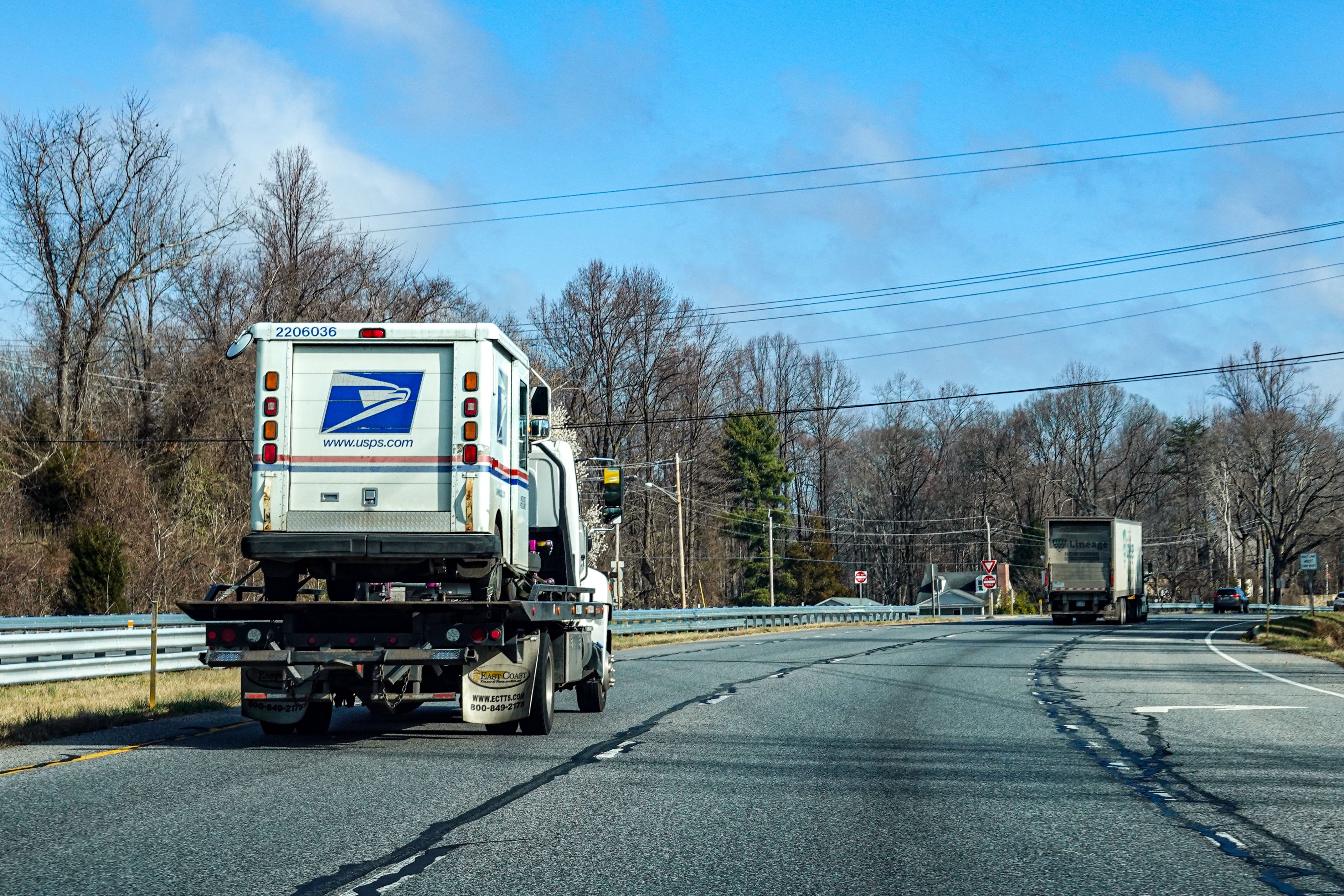
Labor Management

Our audit work found the Postal Service's focus on conversion of pre-career to career employees enabled successful operations for the 2024 general election and peak season. We also saw some improvements to filling supervisor and pre-career vacancies. However, hiring challenges still existed due to factors such as retaining employees in high cost of living areas, particularly among pre-career employees.
As the Postal Service works to control labor costs through its goal of right-sizing workhours to volume, we found mail processing workhours exceeded planned hours.
Finally, we found nationwide employee availability generally trended downward since COVID.
Average Employee Availability Between FYs 2020 and 2023
The lower employee availability was attributed to supervisors’ unwillingness to act on employees who did not regularly attend work or being untrained to administer leave programs.
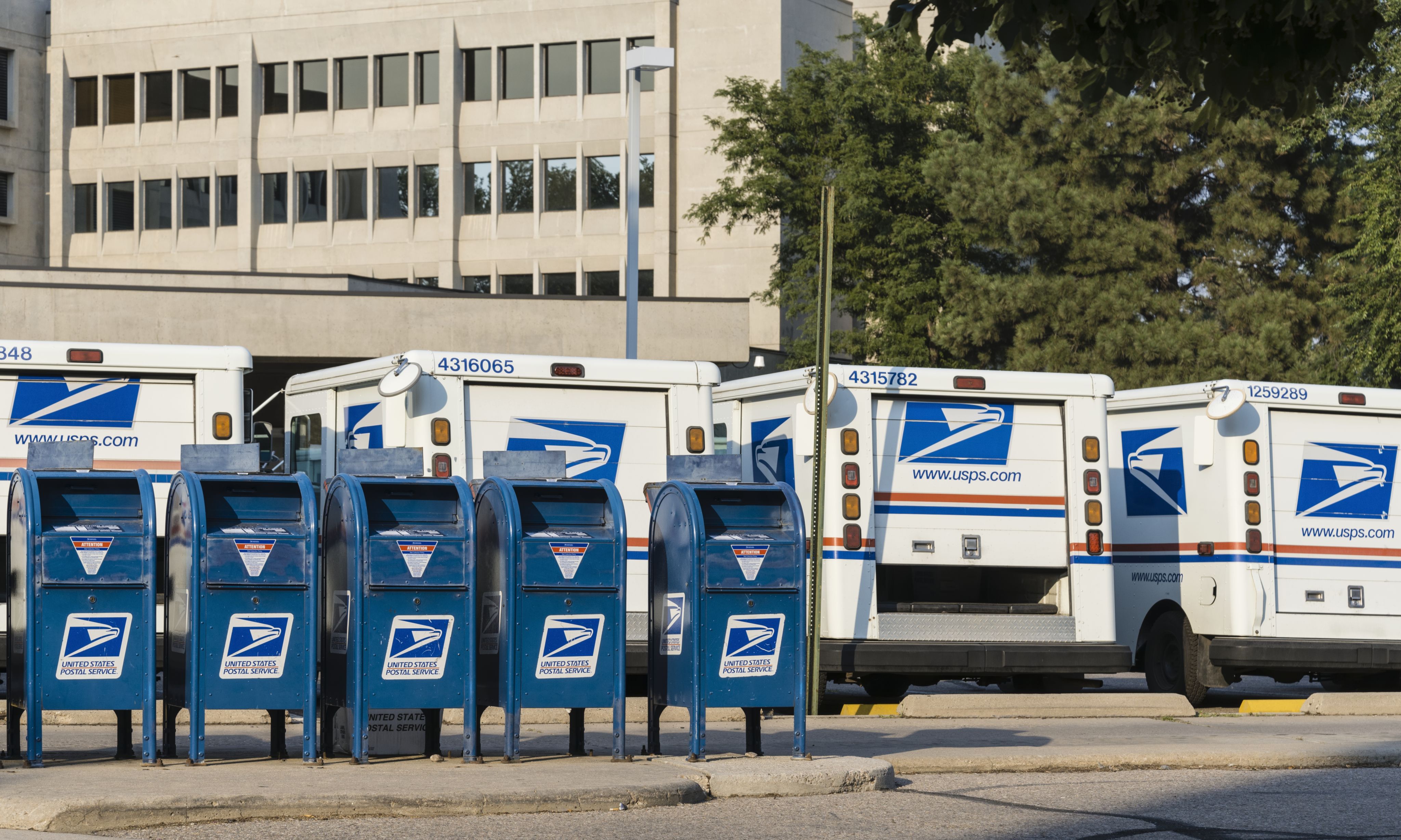
Concluding Observations


The Postal Service released the DFA plans to transform the agency, with a focus on service excellence and financial stability. There has been progress, but the planning and early implementation of this transformation has resulted in negative service impacts and continued large financial losses. Efforts to address service impacts and continued progress on the financial challenges are critical to ensuring future support of the DFA plan. We will continue our oversight work to provide transparency, insights, and actionable solutions to promote a viable USPS.
Management Comments

Management provided comments to the report which can be reviewed in their entirety in Appendix B of the PDF version of this report.
Additional Resources from the USPS OIG
Contact Us
For media inquiries, please email press@uspsoig.gov









